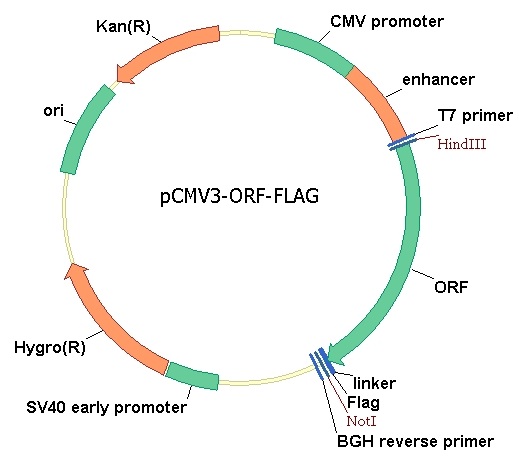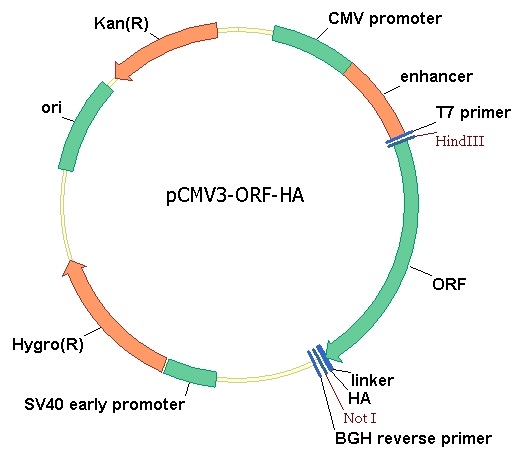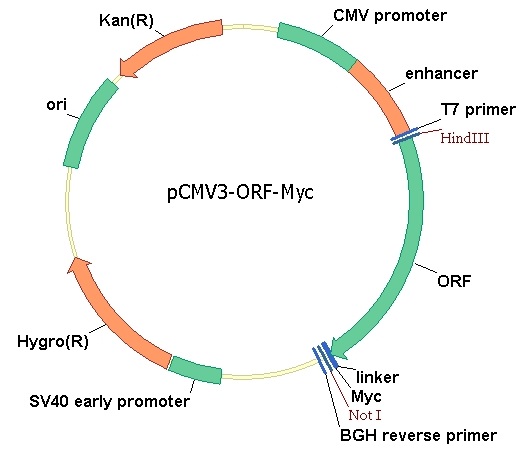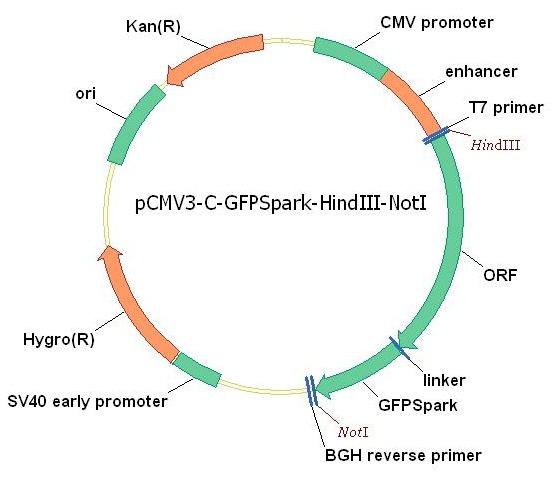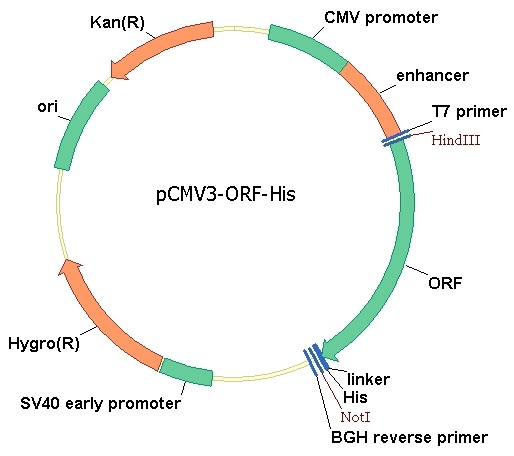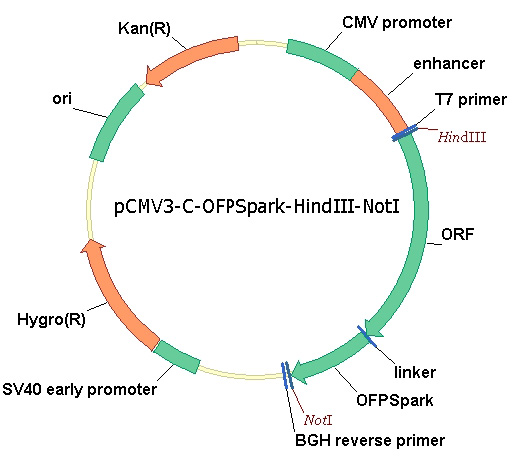Fas
| Gene Symbol | Fas |
|---|---|
| Entrez Gene | 14102 |
| Alt Symbol | AI196731, APO1, APT1, CD95, TNFR6, Tnfrsf6, lpr |
| Species | Mouse |
| Gene Type | protein-coding |
| Description | Fas (TNF receptor superfamily member 6) |
| Other Description | FASLG receptor|Fas (TNF receptor superfamily member)|Fas antigen|apo-1 antigen|apoptosis-mediating surface antigen FAS|lymphoproliferation|tumor necrosis factor receptor superfamily member 6 |
| Swissprots | Q9DCQ1 Q6GT31 P25446 |
| Accessions | AAB25700 AAG02410 AAK27371 AAY51770 AAY51771 AAY51772 AAY51773 AAY51774 CAC00638 EDL41748 P25446 AK002590 BAB22211 AK086933 BAC39766 BC061160 AAH61160 BY348234 DQ846748 ABI24112 DQ846749 ABI24113 L15352 L15353 L25336 M83649 AAA37593 XM_011247141 XP_011245443 NM_001146708 NP_001140180 NM_007987 NP_032013 |
| Function | Receptor for TNFSF6/FASLG. The adapter molecule FADD recruits caspase-8 to the activated receptor. The resulting death- inducing signaling complex (DISC) performs caspase-8 proteolytic activation which initiates the subsequent cascade of caspases (aspartate-specific cysteine proteases) mediating apoptosis. FAS- mediated apoptosis may have a role in the induction of peripheral tolerance, in the antigen-stimulated suicide of mature T-cells, or both (By similarity). {ECO:0000250}. |
| Subcellular Location | Membrane; Single-pass type I membrane protein. |
| Tissue Specificity | Detected in various tissues including thymus, liver, lung, heart, and adult ovary. |
| Top Pathways | Apoptosis, Proteoglycans in cancer, Non-alcoholic fatty liver disease (NAFLD), p53 signaling pathway, TNF signaling pathway |
Search more

